The Value of Solar - Distributed Solar Benefits Everyone (Even Utilities)
The first article in this series, The Cheapest Grid of the Future Includes Distributed Solar, made the case that distributed solar makes the grid cheaper as a whole. But might utilities also benefit from greater use of distributed solar?
A recent study from Michigan Technological University (MTU) suggests that the answer to the question above is yes [1][2]. The idea is that the production of solar energy by homes, businesses, and communities can be harnessed by the utility to provide energy to other users. This is often handled through a system called net metering in which producer/consumers only pay for their net usage. For example, let's say that the solar panels on your roof generate more energy during the day than you actually use. This energy would go back into the utility grid. But, during the night, when your solar panels are no longer producing, you may take energy back out of the grid to power your home. You only pay for the difference. In effect, the utility is purchasing energy from you each day at the same price that they are selling it to you each night.
But according to the MTU study, net metering greatly underestimates the benefits of distributed solar to the utility. Why? Because it allows the utilities to avoid various costs and liabilities, which, ideally, are passed on to all ratepayers. Among these avoided costs is the energy generation itself; if consumers provide energy through distributed solar, then this reduces the energy generation needed from new and existing power plants. As found by the VCE study in the last article, this reduces not only the average electrical demand but also (disproportionately) the peak demand, so power plants can be smaller and more efficient, operating closer to capacity for longer. Cost savings from transmission and distribution infrastructure, also highlighted in the VCE study, further benefit the utility companies. The MTU study includes additional benefits to the utility companies from avoided environmental and health liability costs, which are expected to grow.
Despite these benefits, utilities may still prefer to sell consumers power produced from a solar farm (which would also avoid environmental and health liabilities) than manage power from distributed systems. But the two are not mutually exclusive; in the optimal clean-energy VCE scenario, the power generation from utility-scale solar is actually greater with co-optimized distributed solar than without (offset largely by a reduction in nuclear power generation).
The conclusion to be drawn from the VCE and MTU studies is that, as a society, our energy future
must include a healthy mixture of solar farms, community solar, and rooftop solar. Utility-scale
solar alone is not enough. Bringing distributed solar into the mix not only offers cost benefits
for the consumers and for the utility companies themselves, but it also increases opportunities
for private investment and employment: new jobs to build a new, improved electrical grid. Other
advantages of distributed solar include improved reliability and robustness: spreading out solar
power generators over a wider area guards against power outages due to mechanical problems,
transmission failures, and weather.
[1] "A Review of the Value of Solar Methodology with a Case Study of the U.S. VOS", K.S. Hayibo &
J.M. Pearce, Renewable and Sustainable Energy Reviews 137 (2021) 110599
https://www.sciencedirect.com/science/article/abs/pii/S1364032120308832?via%3Dihub
[2] “Shining a Light on the True Value of Solar Power” Christensen, Michigan Tech News
https://www.mtu.edu/news/stories/2021/february/shining-a-light-on-the-true-value-of-solar-power.htm
